Resurrecting Ancestry: Genetic Revelations Beyond Israelites
The prophecy of the Valley of Dry Bones, as envisioned by the prophet Ezekiel, stands as one of the most potent revelations in his repertoire. Within this vision, Ezekiel is transported to a desolate valley strewn with the skeletal remains of Israelites. Tasked with breathing life into these bones, he also instills in them hope and guides them back to the land of Israel. As one who is often tasked with doing the impossible (though not exactly in Biblical proportions), I was always moved by this prophecy.
The hand of the LORD was on me, and he brought me out by the Spirit of the LORD and set me in the middle of a valley; it was full of bones. He led me back and forth among them, and I saw a great many bones on the floor of the valley, bones that were very dry.… And as I was prophesying, there was a noise, a rattling sound, and the bones came together, bone to bone. I looked, and tendons and flesh appeared on them, and skin covered them, but there was no breath in them… Then he said to me: "Son of man, these bones are the people of Israel." Ezekiel 37
- Fascinating Details of Judean Shepherd’s Life 6,000 Years Ago Revealed by New Tech
- The Merneptah Stele: Proof Ancient Egypt Knew of the Israelites
Can We Fulfill Ezekiel’s Vision?
It is difficult to answer the question of precisely what Ezekiel meant. Ezekiel's prophecies are replete with strange and unique words with no parallels, such as hashmal, harel, and lo yeitachen. The original meaning was lost, but today they denote electricity, angel, and impossible, respectively, in Hebrew.
Jewish mysticism is firmly rooted in Ezekiel's visions involving the vision of God's palace and his vehicle, which were later developed by Jewish sages, primarily Enoch. Debates about the meaning of those visions and their impact on Judaism have endured until today (see Y. Harari’s excellent book Jewish Magic before the Rise of Kabbalah). Many people who read my articles on Ancient Origins or my studies take the time to write to me and share their stories and aspirations. I often find myself in awe of the influence of Enochian literature on the public—a collection of books that were deemed too 'out of the box' to be included in the Bible and nearly went extinct several times.
- Ancient DNA Analysis Reconstructs Legacy of the Biblical Levites
- Seeking The Ten Lost Tribes of Israel, Finding DNA
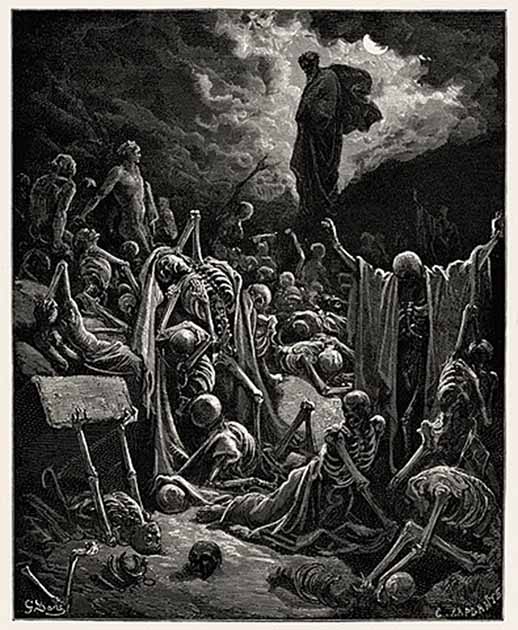
Engraving of "The Vision of The Valley of Dry Bones" by Gustave Doré. (Public Domain)
If we are to understand Ezekiel's vision in a somewhat literal meaning, i.e., bring dead things back to life, we can then ask, has this vision been fulfilled? This is where archaeology and paleogenetics come in. In 2005, Israeli scientists managed to grow a palm tree that went extinct from a 2,000-year-old palm seed found in the Judean desert. By 2023, the 5th tree gave fruit. They tasted good.
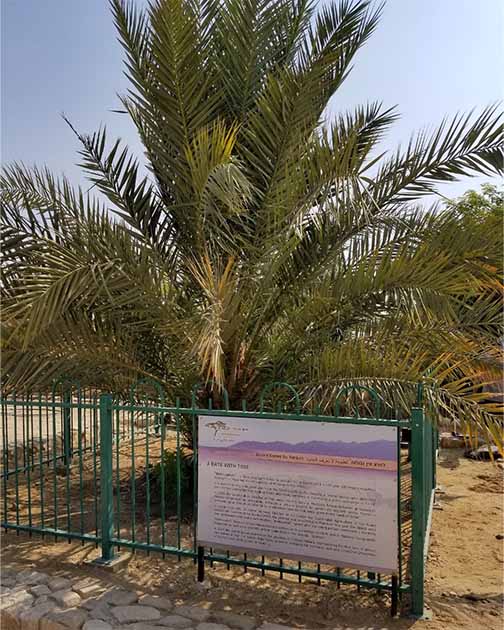
The Judean date palm at Ketura, Israel, nicknamed Methuselah (DASonnenfeld/CC BY-SA 4.0)
On my last visit to Jerusalem, I heard a tour guide speaking enthusiastically about bringing back more extinct plant species. They stopped there, but my imagination kept going. Imagine having a live Judean telling us about his true beliefs before the emergence of the Orthodoxy, the dominant branch of Judaism in Israel. He probably would have killed himself right there, which begs the question of whether it is worth the effort.
Of course, resurrecting a plant from a seed, which had evolved to go dormant under stress, and resurrecting people, even assuming a 2,000-year-old human ovum and seeds could be found, are entirely different things scientifically, practically, and ethically, not to mention a bit too far from the original prophecy that spoke of resurrecting the specific people who suffered. In that respect, the field dealing with ancient genomes fulfills the spirit of the prophecy when it brings back the knowledge about those ancient people from their ancient DNA and allows us to share the stories of their lives and how they impact our lives. Is this what Ezekiel had in mind? As we said before, it can be a little tricky to know sometimes when considering the book of Ezekiel.
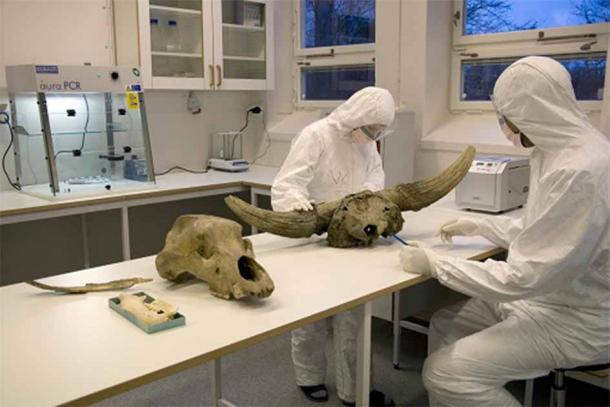
The aDNA laboratory. (Staffan Waerndt/NRM)
Resurrecting Ancient Israelites, Semites, and More
In a 2019 in an article published in Ancient Origins, I predicted that we are very close to the day when we can use ancient DNA to learn how related we are to the ancient Israelites. Now, five years and nearly 200,000 readers later, this is an everyday reality. I developed genetic tests that allow anyone to test how genetically close they are to each of the thirteen Israelite Tribes (yes, thirteen; Joseph had two sons).
Looking back to when we started, The Ten Lost Tribes of Israel and the Kingdom of Judah include all thirteen individual tests, which are the most desirable tests. I have recently completed the Ancient Semitic Ancestry test that offers a breakdown of ancestry to the nine known Semitic language groups! It took me five years to develop this test due to the high accuracy required to reach such a fine-scale resolution. The massive accumulation of data from the Levant allows the development of even more specific tests about the Canaanites who lived in the region. And this is just the beginning.
The Tribes of Israel (Ancient Origins), The Tribes of Judah (Ancient Origins), Ancient Semitic Ancestry (Ancient Origins)
Sequencing DNA From Ancient Cultures
The importance of the field was noted when the Nobel Prize in Physiology and Medicine was awarded in 2022 to Svante Pääbo, one of the founders of paleogenetics. Today, ancient DNA databases are growing rapidly, with new samples added every day. Using samples extracted from the ear, hair, skull, or teeth, scientists can sequence the DNA of people who lived as far back as 100,000 years ago. More than 10,000 ancient DNA sequences, or genomes, are currently available. Cultures like Vikings, tribes of ancient India, Amerindians (e.g., Chumash and Inca), Ancient Britons, or Greeks and Romans are among the most popular tests in Ancient DNA Origins. The bias towards European genomes is slowly shrinking. African genomes, which are particularly close to my heart, are typically under-represented in every scientific field, but not on our website, where nine ancient African DNA tests are available, more than any other groups (except the Israelites). These tests include the ancient Egyptians, Zulus, Malawi clans from over 15,000 years ago, Ethiopian hunters from the Mota cave, where one of the most important ancient humans was found, Tanzanian cave dwellers, and four generations of people from the Christian Makurian Kingdom in Sudan! It is like watching all the deleted scenes from a movie that has been going on for 200,000 years.
People of Africa (Ancient Origins), People of the British Isles (Ancient Origins), Vikings of the World (Ancient Origins)
In this era, large companies like 23andMe are struggling for survival, partly due to their disregard for users' privacy. Additionally, innovation in genetic genealogy has nearly stalled. Paleogenetics stands as the sole engine driving this field forward, consistently delivering exciting new results on a weekly basis.
Sequencing DNA From Ancient People
The recent trend in paleogenetics is to sequence individual genomes of VIPs, like Ludwig van Beethoven (who, with some help from AI, we can hear talking), Sitting Bull of the Lakota Sioux, and Chinese Emperor Wu. Comparing your DNA with theirs is possible if enough genetic material survives (which obviously gets easier for more recent people). Six more VIPs, including Otzi the Iceman, Anzick the Ancient One, Cheddar Man, Kennewick Man, and a Canaanite Nobelman, are included in the Famous Ancient Men test. A parallel test to this test is Women Warriors. This is also a new trend in paleogenetics because the notion of fighting women used to be controversial until DNA tests were able to confirm the gender of some of those skeletons. Today, books like Mayor’s The Amazons: lives and legends of warrior women across the ancient world are better received when they include DNA evidence. It's important to emphasize that genetic tests that compare your DNA to those of famous males or females are not gender specific. Women can be closer to famous ancient men just like men could descend from women warriors.
Ludwig van Beethoven (Ancient Origins), Famous Ancient Men (Ancient Origins), Ukraine Scythians (Ancient Origins)
Wait, What About Genesis 10?
This is one of the most commonly asked questions that I get. Have you identified the gene pools of the people mentioned in the Genesis 10 Table of Nations? The answer is Yes, mostly. It took a very long time, but the accumulation of ancient DNA records coupled with progress in AI has finally allowed the identification of most of those ancient gene pools, which are available in a series of tests that span from the Paleolithic to the Copper Age with the ultimate goal of covering all human eras. In the Mesolithic Origins test, you will find Canaan. In the Early Neolithic test and Late Neolithic test, which share the same gene pools, you will find Kush, Tiras, Shem, Riphath, and Gog and Magog. In the Iron Age (to be released), you will discover Tograma, Ashkenaz, Javan, and Tiras. Taking these tests will offer you a breakdown of those ancient regional ancestries.
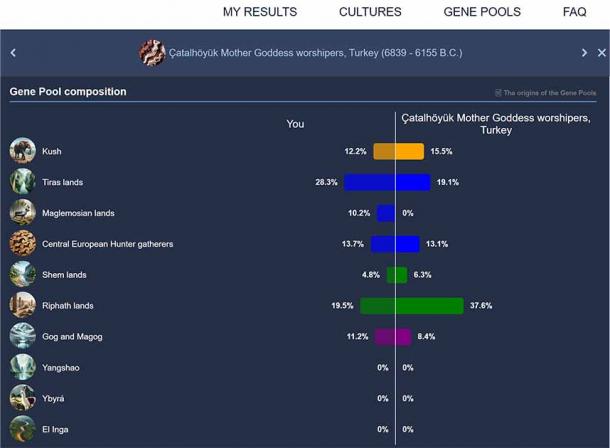
A preview of the Late Neolithic test at Gene Plaza. (Late Neolithic test/Gene Plaza)
What Does the Future of Paleogenetics Hold?
Paleogenetics is the most exciting field in genetics, and we have only scratched the surface. We released five new gene pool tests only last month, allowing users to break down their ancient ancestry up to 50 gene pools. The future of the field lies in its integration with other historical datasets.
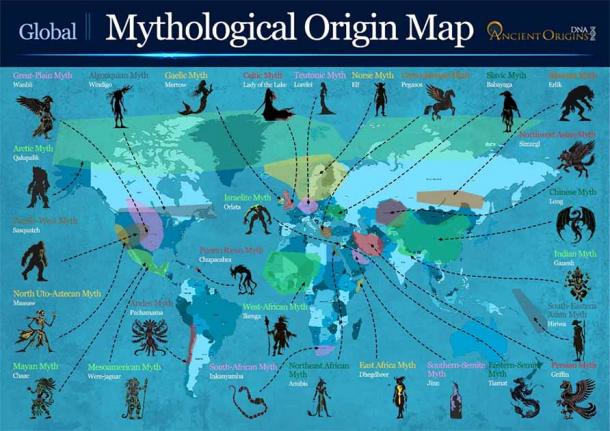
Mythological Origin Map (Ancient Origins)
For example, by contrasting our database of ancient DNA and a database of ancient myths, we can tell people which ancient beliefs their ancestors had and quantify them. Users of this new test series, Mythical Origins, receive the breakdown of mythological creatures worshipped or feared by their ancestors, not gene pools like in the Gene Pool Series. Such innovative tests are where the field should go.
Top image: Ezekiel's vision of the valley of dry bones coming to life, signifying God's power to bring new life and open the gateway to heaven Generative AI. Source: forenna /Adobe Stock)
















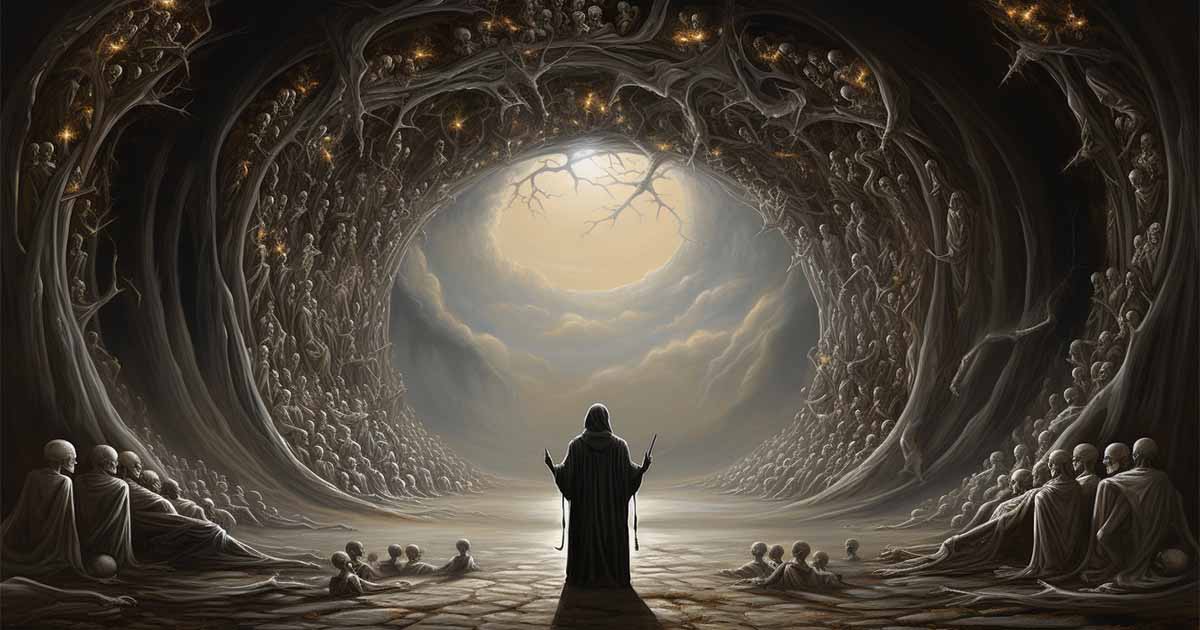
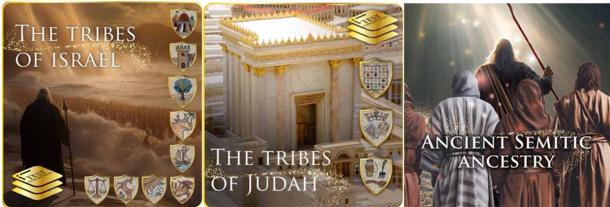



Comments
I stopped reading at "Y. Harari’s excellent book Jewish Magic before the Rise of Kabbalah."
I have no doubt God would describe it as something other than excellent. The Devil, on the other hand...